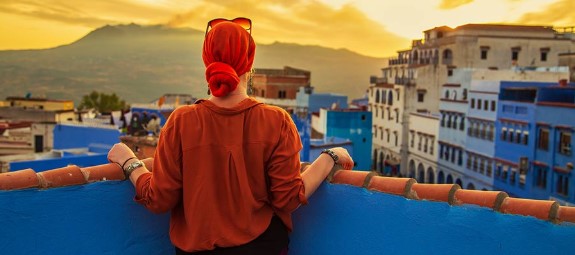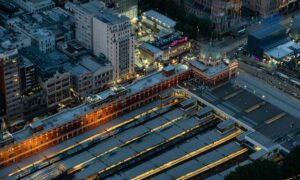Tourism has long been a cornerstone of Morocco’s economy, drawing millions of visitors annually to its vibrant cities, historic landmarks, and scenic landscapes. This thriving industry has had a profound impact on the country’s real estate market, shaping trends and creating opportunities for both local and international investors. Immobilier Maroc, as tourism continues to flourish, so does the demand for properties catering to visitors, from vacation homes to boutique hotels.
The Booming Market for Short-Term Rentals
One of the most significant ways tourism has influenced Morocco’s real estate market is through the rise of short-term rental properties. Platforms like Airbnb and Booking.com have revolutionized the hospitality sector, allowing property owners to cater directly to tourists. Cities such as Marrakech, Fez, and Tangier have become hotspots for holiday rentals, offering visitors an authentic and personalized experience compared to traditional hotels.
In Marrakech, for example, the Medina’s iconic riads—traditional Moroccan houses with courtyards—are highly sought after by tourists. Many investors have purchased and renovated these historic properties, transforming them into boutique guesthouses. Similarly, in Tangier, the city’s strategic location on the Strait of Gibraltar attracts a steady stream of European visitors, driving demand for modern apartments and luxury villas.
The growth of short-term rentals has provided property owners with lucrative income streams. High occupancy rates, particularly during peak tourist seasons, make these investments appealing. Moreover, international tourists are often willing to pay a premium for well-located and beautifully designed accommodations, further boosting profitability.
Rising Property Prices in Tourist Hotspots
While the surge in tourism has created investment opportunities, it has also contributed to rising property prices in popular destinations. Neighborhoods in Marrakech, Fez, and Essaouira that were once affordable for locals have become increasingly expensive due to high demand from international buyers and investors.
This trend has raised concerns about housing affordability for local residents, particularly in areas where the influx of tourists has driven up rental and purchase prices. The challenge for policymakers is to balance the benefits of a thriving tourism-driven real estate market with the need to ensure accessibility for local buyers.
Infrastructure Development and Its Impact
To sustain and capitalize on the growth of tourism, Morocco has made significant investments in infrastructure. Projects such as the expansion of airports in Marrakech, Casablanca, and Agadir have improved connectivity, making it easier for international visitors to access the country. Immobilier Maroc, enhanced road networks and public transportation systems have further facilitated travel within Morocco, encouraging tourists to explore multiple cities during their stay.
Cultural and recreational developments have also played a role in boosting tourism and, by extension, the real estate market. Examples include the restoration of historic sites, the construction of new museums, and the development of coastal resorts. These initiatives not only attract more visitors but also increase the desirability of nearby properties, driving up their value.
Opportunities for Investors
For investors, Morocco’s tourism-driven real estate market offers a range of opportunities. Vacation rentals, particularly in high-demand cities like Marrakech and Tangier, continue to generate strong returns. The trend toward experiential travel has also increased the popularity of unique properties, such as riads and eco-lodges, which provide an authentic connection to Moroccan culture.
Additionally, the country’s relatively affordable property prices compared to Europe make it an attractive option for foreign investors. Moroccan law allows non-residents to purchase property, and the government has streamlined processes to encourage international investment. As a result, buyers from France, Spain, and the UK have become prominent players in the market.
Challenges and Sustainability
Despite its advantages, the tourism-driven real estate market is not without challenges. The increasing commercialization of historic neighborhoods has raised concerns about preserving Morocco’s cultural heritage. Overdevelopment in certain areas could also strain local resources and infrastructure, potentially impacting the quality of life for residents.
To address these issues, the Moroccan government has implemented regulations to ensure sustainable growth. These include zoning laws to protect historic districts and initiatives to promote eco-friendly tourism. By prioritizing sustainability, Morocco aims to maintain the delicate balance between tourism growth and cultural preservation.
Looking Ahead
As Morocco continues to invest in its tourism sector, the real estate market is poised for further growth. The country’s diverse attractions, from the bustling souks of Marrakech to the serene beaches of Essaouira, ensure a steady influx of visitors. For both local and international investors, the combination of high demand, rising property values, and ongoing infrastructure development makes Morocco a compelling destination for real estate investment.
In conclusion, tourism has been a transformative force in Morocco’s real estate landscape, creating opportunities while also posing challenges. By embracing sustainable practices and balancing the needs of tourists and locals, Morocco can continue to thrive as a top destination for travelers and property investors alike.



































